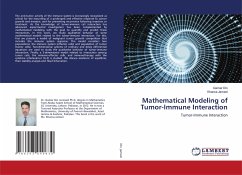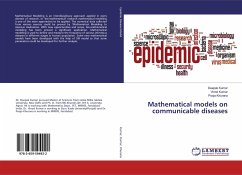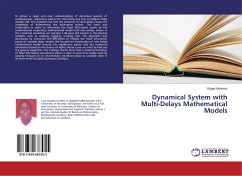The anti-tumor activity of the immune system is increasingly recognized as critical for the mounting of a prolonged and effective response to cancer growth and invasion, and for preventing recurrence following resection or treatment. As the knowledge of tumor-immune cell interaction has advanced experimental investigation has been complemented by mathematical modeling with the goal to quantify and predict these interactions. In this work, we study qualitative behavior of some mathematical models related to the tumor-immune interaction. For this, first we present a model of malignant tumor growth competition that includes the immune system response. The model considers two populations: the immune system (effector cells) and population of tumor (tumor cells). Two-dimensional systems of ordinary and delay differential equations are used to study the qualitative behavior of tumor-immune interaction. Finally, a 3-dimensional model related to interaction among tumor cells, the immune-effector cells, and immunotherapy with the cytokine interleukin-2 (IL-2) is studied. We discuss existence of equilibria, their stability analysis and Hopf bifurcation.
Bitte wählen Sie Ihr Anliegen aus.
Rechnungen
Retourenschein anfordern
Bestellstatus
Storno








